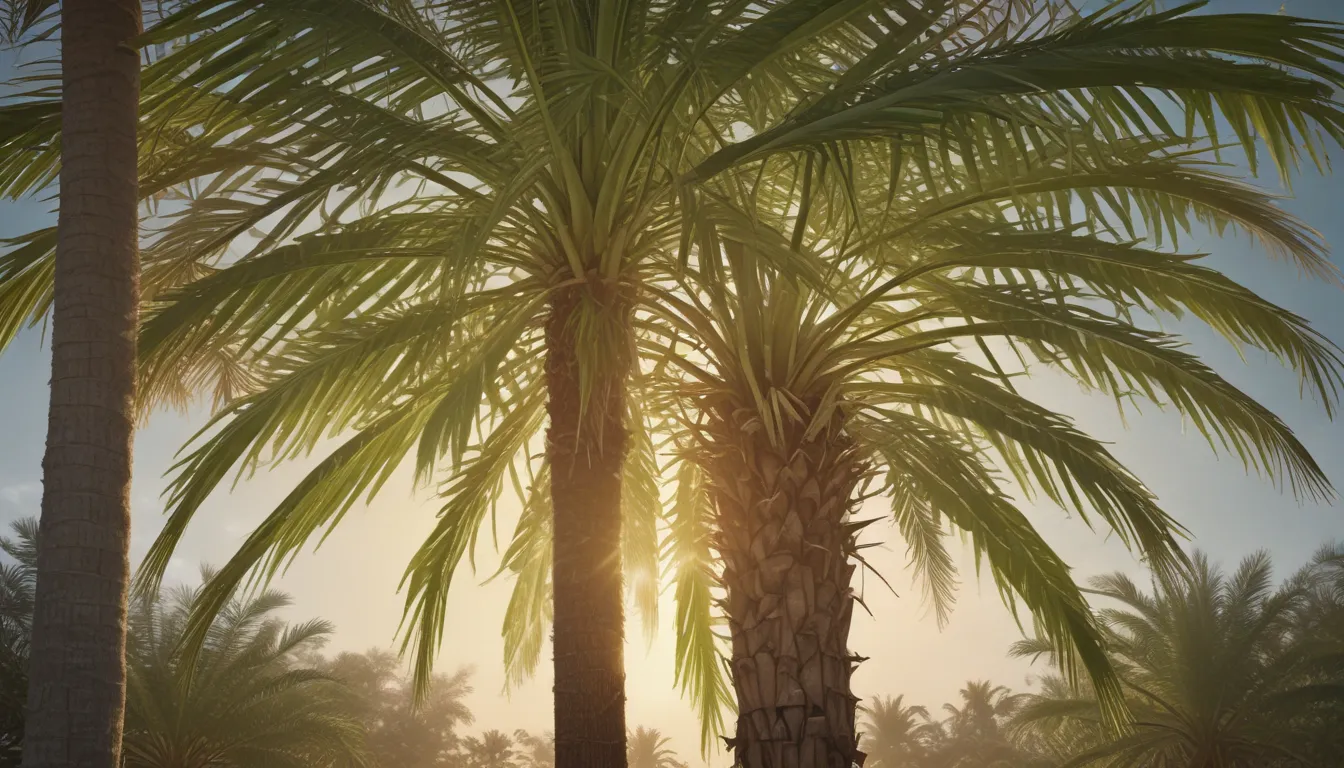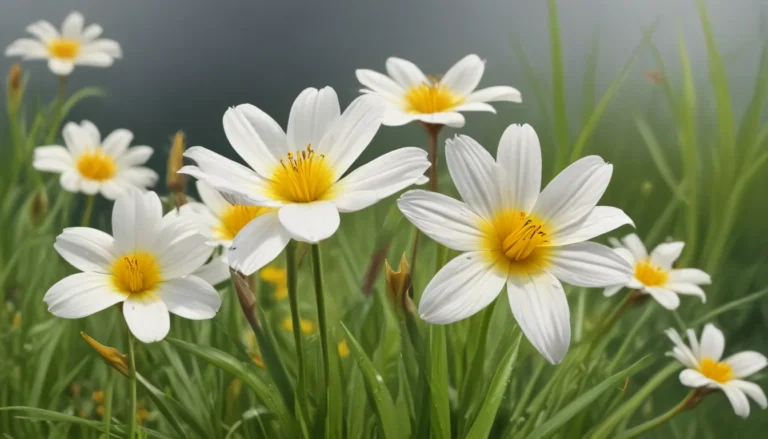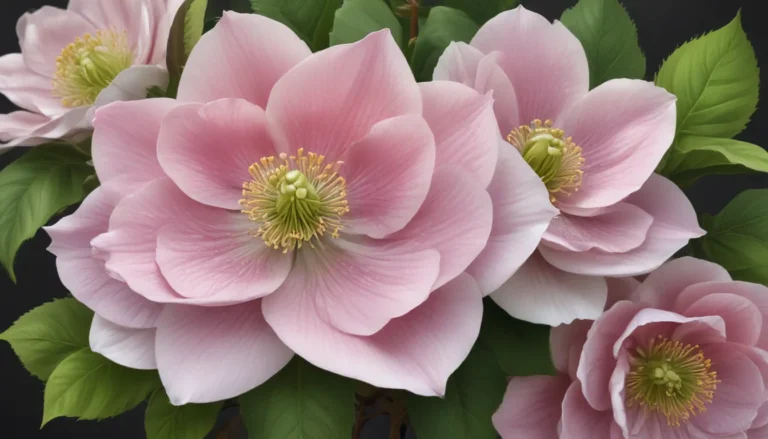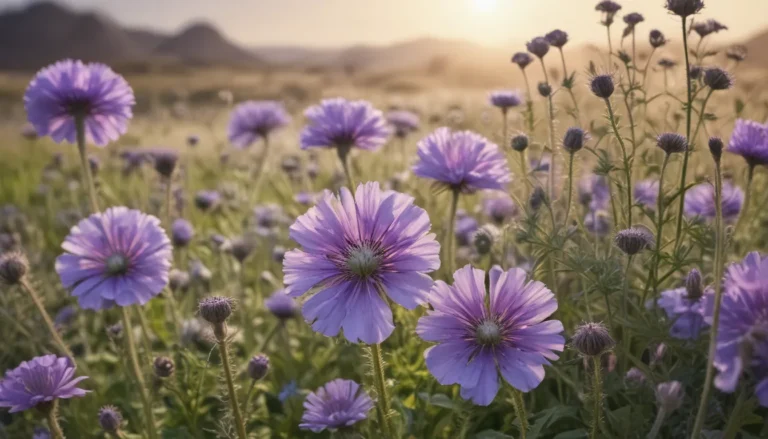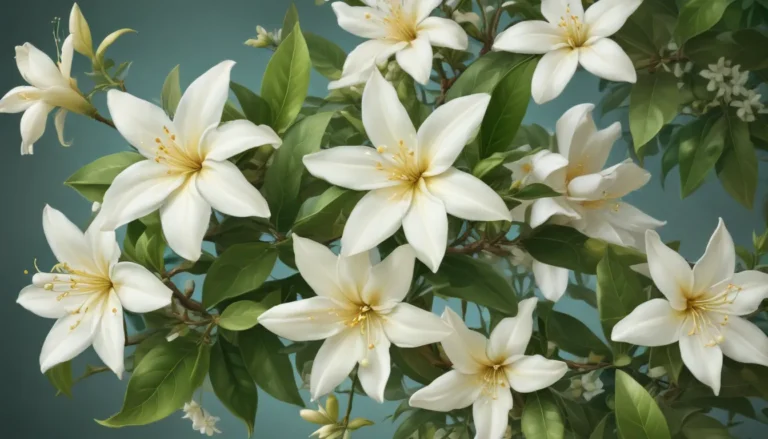The pictures we use in our articles might not show exactly what the words say. We choose these pictures to make you interested in reading more. The pictures work together with the words but don’t take their place. The words still tell you the important facts.
Are you intrigued by the resilient and iconic Cabbage Palm, also known as Sabal palmetto, with its rich history and fascinating features? This majestic tree species, native to the southeastern United States, has captured the hearts of many with its unique appearance and versatile uses. From its role in the ecosystem to its medicinal properties and cultural significance, there is so much to discover about this remarkable plant. Join us on a journey as we uncover 16 captivating facts about the cabbage palm that will deepen your appreciation for this extraordinary tree.
The Ancient Origins of the Cabbage Palm
The Cabbage Palm has a history that dates back over 50 million years, making it one of the oldest living plant species on Earth. Its resilience and adaptability have enabled it to thrive for centuries, standing as a testament to the enduring power of nature.
The Iconic State Tree Status
This remarkable tree holds the prestigious title of being the official state tree of both South Carolina and Florida, symbolizing the natural beauty and resilience of these coastal regions. Its towering presence and lush fronds serve as a visual reminder of the strength and endurance of the natural world.
Impressive Heights and Majestic Presence
Standing tall at heights of up to 80 feet, the Cabbage Palm commands attention with its slender trunk and vibrant green fronds. Its towering stature and graceful appearance make it a striking feature in any landscape, whether natural or cultivated.
Versatility at Its Core
Throughout history, various parts of the Cabbage Palm have been utilized by Native American tribes for a multitude of purposes. From crafting baskets and hats to creating ropes and harvesting the edible heart of palm, this versatile tree has been a valuable resource for generations.
Resilience Against Nature’s Fury
One of the most remarkable traits of the Cabbage Palm is its ability to withstand strong winds and hurricanes. Its flexible trunk and robust root system anchor it firmly in the ground, allowing it to weather even the most extreme weather conditions.
A Haven for Wildlife
The Cabbage Palm provides essential habitats for a wide variety of bird species, including the endangered Florida Scrub-Jay and the majestic Bald Eagle. Its presence in the ecosystem supports a diverse range of wildlife, highlighting its significance in the natural world.
Adaptation to Coastal Environments
Uniquely adapted to coastal habitats, the Cabbage Palm can tolerate high levels of salt in the soil and air. This adaptation allows it to thrive in coastal regions where other plants struggle to survive, showcasing its resilience and adaptability.
Medicinal Marvels
The medicinal properties of the Cabbage Palm have been recognized by Native American tribes for centuries. Its roots and fronds have been used to treat a range of ailments, from digestive issues to skin infections, demonstrating the plant's therapeutic potential.
Slow and Steady Growth
With a slow growth rate of only a foot or two per year, the Cabbage Palm exhibits patience and resilience in its journey to maturity. This gradual growth contributes to its longevity and endurance, as it slowly but steadily reaches for the skies.
An Ecological Keystone
The Cabbage Palm plays a crucial role in maintaining the balance of coastal ecosystems. By preventing erosion and providing shelter for numerous plant and animal species, it supports the biodiversity and resilience of these unique environments.
Adaptation to Fire
Evolved to withstand wildfires, the Cabbage Palm's thick lower trunk acts as a natural barrier against fire, protecting the inner parts of the plant from harm. This adaptation allows it to thrive in fire-prone regions and contribute to the regeneration of the ecosystem.
Nourishment for Wildlife
The small, black fruits produced by the Cabbage Palm are a favorite food source for a variety of wildlife, from raccoons and squirrels to numerous bird species. By providing a vital food source, the tree plays a crucial role in supporting local wildlife populations.
Ornamental Elegance
The striking appearance and resilience of the Cabbage Palm make it a popular choice for landscaping. Whether in gardens, parks, or public spaces, its tropical elegance enhances the beauty of any setting, adding a touch of natural sophistication.
Longevity and Endurance
With a lifespan of several centuries, some Cabbage Palm specimens are believed to be over 500 years old. This remarkable longevity speaks to the tree's endurance and resilience in the face of changing landscapes and environmental challenges.
Cultural Reverence
The Cabbage Palm holds cultural significance among Native American tribes, who consider it a sacred tree and incorporate it into various ceremonies and rituals. Its presence in cultural practices highlights the deep connection between humans and the natural world.
Conservation Challenges and Opportunities
Despite its resilience, the Cabbage Palm faces threats from urbanization, habitat loss, and disease. Conservation efforts are crucial to safeguarding the long-term survival of this iconic plant and preserving its ecological and cultural significance for future generations.
As we reflect on the captivating characteristics and contributions of the Cabbage Palm, we gain a deeper appreciation for the wonders of nature and the vital role that plants play in sustaining life on our planet. From its historic origins to its modern-day relevance, this remarkable tree continues to inspire awe and admiration, reminding us of the beauty and complexity of the natural world.
FAQs: Your Questions, Answered
- Where can I find cabbage palm trees?
-
Cabbage palm trees are native to the southeastern United States, primarily in states such as Florida, South Carolina, and Louisiana.
-
How tall can cabbage palm trees grow?
-
Cabbage palm trees can reach heights of up to 80 feet, making them one of the tallest palm species in North America.
-
Are cabbage palm trees endangered?
-
Cabbage palm trees are not currently classified as endangered, but conservation efforts are essential to protect their habitats and ensure their long-term survival.
-
Can cabbage palm trees be grown in colder climates?
-
Cabbage palm trees thrive in warm climates and may struggle to survive in colder regions. They are hardy to USDA zones 8 to 11.
-
Can I eat the heart of a cabbage palm tree?
-
Yes, the heart of a cabbage palm tree is edible and is commonly used in traditional Native American cooking. Sustainable harvesting is essential to preserve the tree's growth.
-
How long does it take for a cabbage palm tree to reach maturity?
-
It can take anywhere from 15 to 30 years for a cabbage palm tree to reach maturity and develop its characteristic fan-shaped leaves.
-
Are there any medicinal uses for cabbage palm?
-
Traditional medicine practices have utilized various parts of the cabbage palm tree to treat respiratory issues, skin irritations, and fevers. Consult a healthcare professional before using any remedies.
-
Can cabbage palm trees be used for landscaping?
-
Yes, cabbage palm trees are popular choices for landscaping projects due to their graceful appearance and ability to thrive in diverse conditions.
-
Are cabbage palm trees easy to grow?
-
While cabbage palm trees are relatively easy to grow, they require specific care and conditions such as well-drained soil, sunlight, and frost protection.
-
Can I propagate cabbage palm trees?
- Yes, cabbage palm trees can be propagated through seeds or offshoots, but it may take several years for the new trees to reach maturity.
In conclusion, the Cabbage Palm stands as a symbol of resilience, adaptability, and natural beauty, captivating us with its unique attributes and contributions to the ecosystem. By appreciating and protecting this remarkable plant, we gain valuable insights into the interconnectedness of life on Earth and the importance of conservation in preserving our planet's biodiversity and cultural heritage. So, next time you encounter a Cabbage Palm, take a moment to marvel at its presence and reflect on the wonders of nature it embodies.
Let the enduring spirit of the Cabbage Palm inspire you to connect with the natural world and appreciate the boundless beauty and wisdom it holds. Explore more about palm trees and their diverse species to unravel the mysteries and marvels of these fascinating plants. Join us in celebrating the magnificence of nature and the enduring legacy of the Cabbage Palm, a symbol of strength, sustainability, and sheer natural wonder.
Our Commitment to Quality
At Gardening Know How, we are dedicated to providing you with trustworthy and engaging content that educates and inspires. Each fact on our site is contributed by real users like you, ensuring a diverse range of insights and information. Our dedicated editors meticulously review each submission to uphold the highest standards of accuracy and reliability, guaranteeing that the facts we share are not only fascinating but also credible. Trust in our commitment to delivering quality and authenticity as you journey through the fascinating world of plants and gardening with us.
